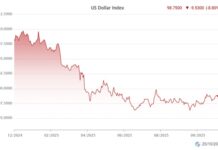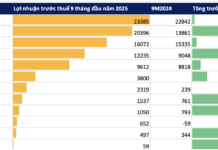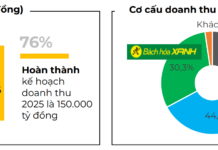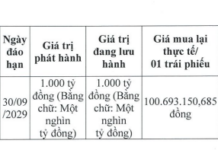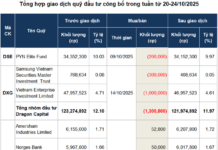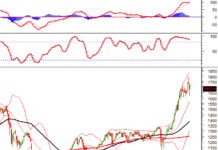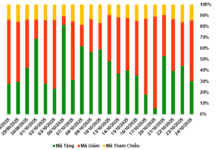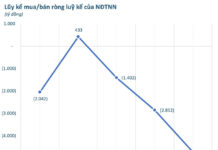Amidst China’s worst inflation ranking in 15 years, volatile stock markets, and record-low interest rates, 18-year-old Chinese girl Tina Hong is putting her financial security into “golden beans.”
Weighing just 1 gram, golden beans and other gold jewelry are increasingly seen as the safest investment for young Chinese people in an uncertain economy. It is part of a larger trend of gold consumption – from gold bars to golden beans and bracelets.
Hong, currently a freshman computer science student at Fujian Province, began buying golden beans in January when the price was relatively low at around 600 yuan ($83) per gram. “Basically, you can’t lose money buying gold,” Hong said. She revealed she currently owns over 2 grams of golden beans and plans to continue buying as long as the price is lower than the international gold price.
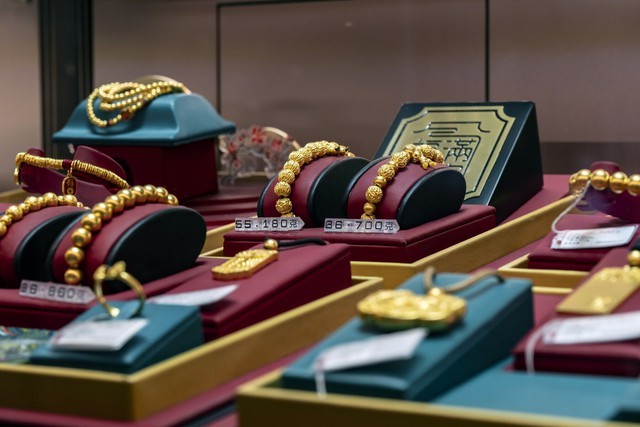
Considered a young consumer investment, golden beans packaged in glass jars are the latest best-selling product in Chinese jewelry stores.
According to the 2023 China Jewelry Consumer Trend Report by Chow Tai Fook Jewellery Group Ltd., Generation Z consumers – who are impacted by high unemployment rates and the country’s inflation – are among the top consumers of gold accessories in the world’s second-largest economy. The appeal for gold comes as people return to shopping amid disappointing growth in recent months.
The Gold Fever in China
A lack of trust in traditional investments has fueled a new gold fever in China.
The national stock market has seen a decline since reopening after the pandemic, with one of the major indexes reaching its lowest point since 2018. The middle class in the country is bearing the brunt of the real estate downturn – while the central bank has cut interest rates four times since December 2021, eating into the profits of asset management products.
Nikos Kavalis, managing director of London-based consultancy Metals Focus Ltd., said young people are foregoing “consumption for hedonism” and instead buying “asset-like jewelry” such as golden beans that can serve as both decorative items and investments.
However, he warns that investing in golden beans – or other gold items – would not make sense as their prices are often higher than spot prices, ranging from 10% to 30%. He suggests investors would be better served by putting money into gold ETF funds.
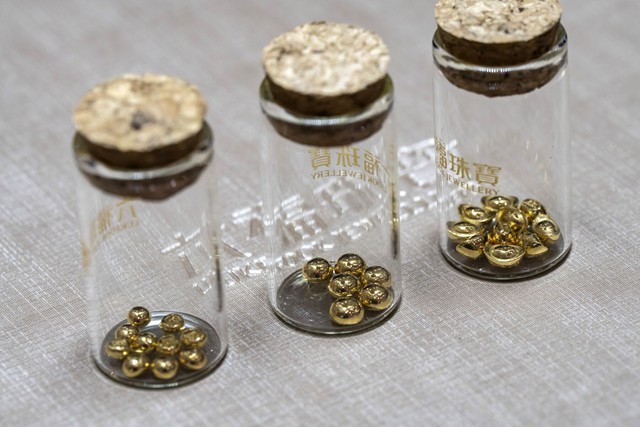
Nevertheless, the passion for gold is still spreading on Chinese social media. On Weibo, the hashtag “Why are young people buying gold” has garnered 91 million views. A lively discussion about the long-term value of gold is dominating social media, with one popular post saying “buying gold will keep trouble at bay.”
According to the 2021 World Gold Council report, three-quarters of today’s gold consumers are estimated to be between 25 and 35 years old, with many believing that investing in gold carries low risks. This belief has been reinforced as gold prices reached multiple historic highs since December. Gold bars surpassed the $2,100/ounce mark for the first time this month.
Government data showed that gold, silver, and jewelry sales reached a six-year high in December, rising 29.4% compared to the same period last year. The precious metal now represents one of the fastest-growing consumer markets in China.
A spokesperson for Chinese jeweler Luk Fook Holdings International Ltd. said buying golden beans for gifting and investment also peaked during the Chinese New Year holidays.
Even banks have joined the fray, competing with traditional gold retailers in selling golden beans. For example, China Merchants Bank introduced a line of golden bean products in July 2023.
Cindy Yeung, the chairwoman and CEO of Emperor Watch & Jewellery, said, “Despite the recent surge in gold prices in China, consumers are still showing strong preference for gold.”
However, experts warn of the potential dangers for consumers of golden beans and other gold items if they do not have a good understanding of the difference between real gold and counterfeit gold.
26-year-old office worker Lily Chen in Shanghai found that most of the golden beans she bought were mixed with iron, zinc, and copper when she wanted to exchange them for a gold bracelet. “I never thought I could save money by buying gold at extremely low prices. I always make sure to buy gold from highly rated online stores. But this can still happen,” Chen said.








